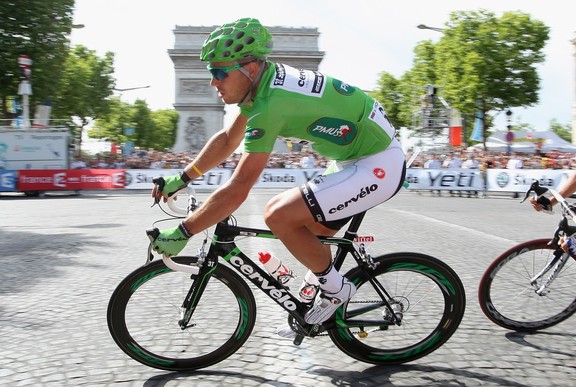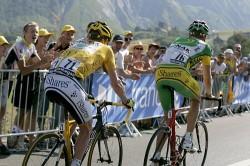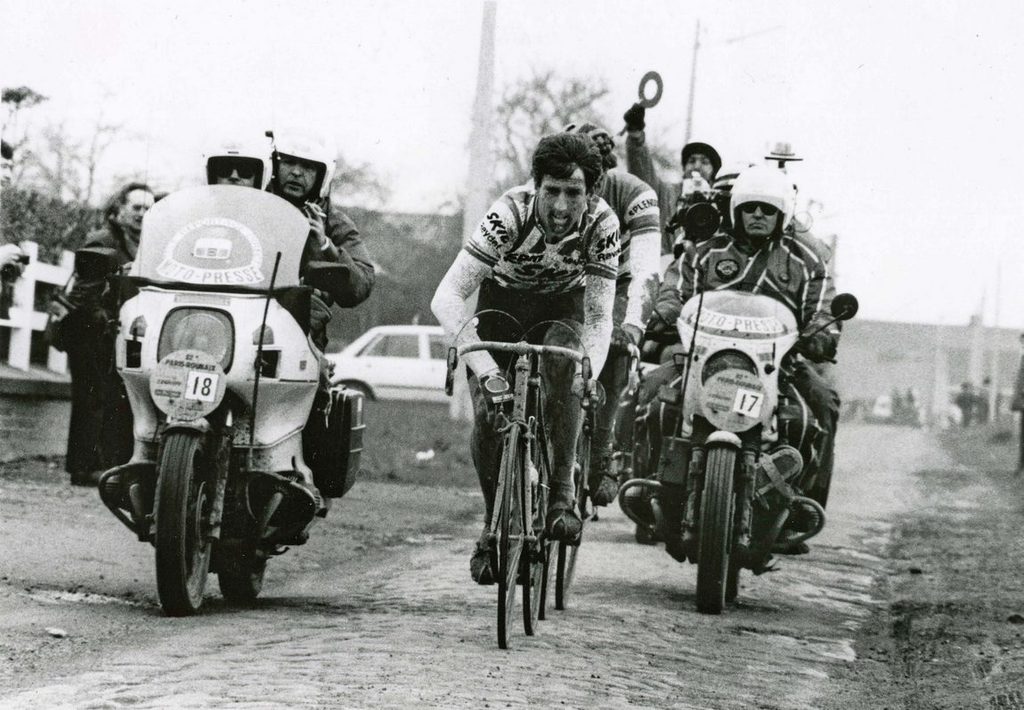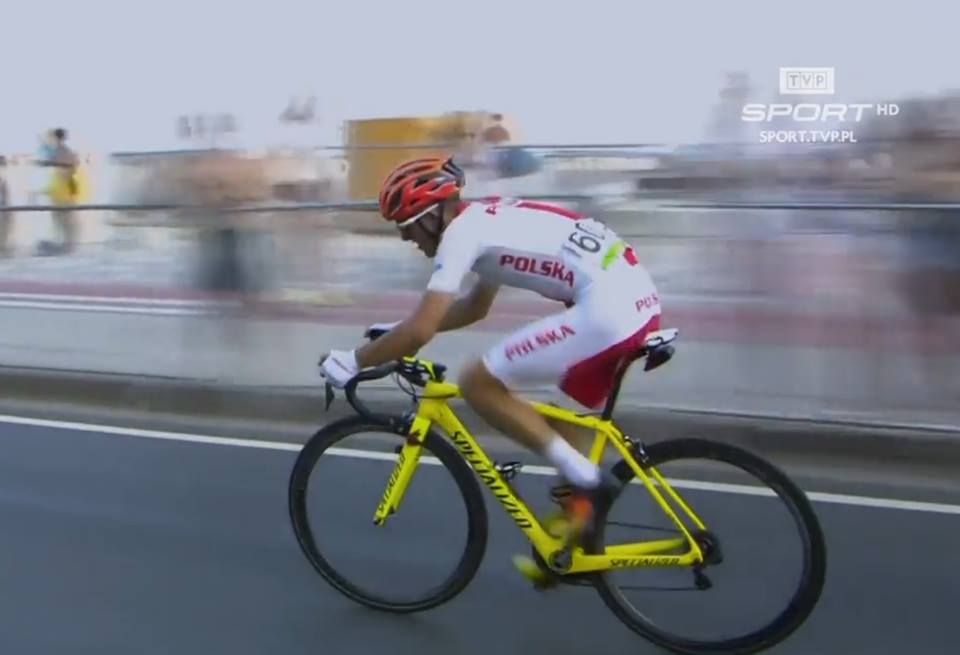Theory of Bike Fitting: Tall Riders Walk Their Own Path

Fitting yourself to your bike properly and being comfortable while riding is probably the most important aspect of cycling. It doesn’t matter if you’re riding the Worlds Lightest Bike or your Clunker Rain Bike/commuter; if you feel good on your bike, it will be a pleasure to ride. My 10 kilo, 8-Speed Shimano 105, fender and mud-flap equipped Bianchi XL EV2 is almost as much a pleasure to ride as my 7 kilo Campy Record/Zipp 404 built Cervelo R3 (as long as I don’t ride them side by side). It comes down to the fact that once you’re riding, all you know is how your bike feels, and the light weight and stiffness of my R3 is something I notice when I ride it, but I don’t miss it when I’m on my other bikes. All of my bikes are a pleasure to ride, and I personally believe that is due to the attention I have paid to getting my fit as perfect as I can.
I am a rather tall person by cyclist standards, and a dwarf by Basketball standards. I stand about 6’3″, have a relatively short torso, and have relatively long arms as compared to my torso, but normal for my total height. It seems to me that the American cycling industry has a very good idea how to fit a 5’10” rider to a 56cm frame. From there, it feels like most bike shops scale the model up or scale the model down from that point of reference. In my opinion, the US cycling industry is selling almost every bike customer the wrong bike. Tall riders have dramatically different biomechanics as do shorter people. The proportions and angles between limbs and torso don’t simply scale like you’re enlarging a photo of the same customer and fitting them to a proportionally bigger or smaller bike. Add to that the fact that the physics of the cycling world works against tall (and inevitably heavier) riders, and the problem of fitting yourself to a bike is compounded by the fact the fact that you’re a minority and the industry generally does not put priority on understanding what you need as a cyclist. The result is tall riders on frames that are too large and with handlebars that are too high.
My theory of bike fitting is very simple and is based on two principles:
- Bike stability is the key to a well-handling bike. Stability comes from three primary factors: angle of the head tube and rake of the fork, wheel base (the frame’s geometry), and – most importantly – center of mass of the entire rider/bicycle unit.
- Flex (and error) within the system increases (usually proportionally) with the length of the tubes involved. Basically, when you apply the same force to a short tube versus a long tube, the long tube will bend farther. Now, measures can be take to mitigate this issue, such as cramming a whole crapload of material near the highest stress points as you make the tubes longer, but any kluge you throw at the problem doesn’t change the fact: a longer tube is less efficient at transferring power than a shorter tube or the same dimensions.
I think most bike manufactures understand the second point and their mitigation strategies vary from using different tube sets for different frame sizes to applying more material (and making a relatively heavier bike) to the tubing. That’s fine, the Sasquatch in us taller riders can handle a little extra weight. The keys to bike fitting lie in the first point.

How does a cyclist lower their center of mass? Well, you can be shorter, that works pretty well. Or cut yourself off at the knees, but that has other side effects that I don’t want to get into right now. You could also lower the bottom bracket like Look and Eddy Merckx used to do (I think they raised their BB to the standard height recently).
Buth the real solution is that in most cases – at least in the cycling world, taller means lankier and that means that proportionally, the distances and angles between legs, arms, handlebars, saddles, and pedals start being very different – and should be much more extreme – than the scaled-up picture model of the 5’10” rider on a 56.
I have found over the last 23 years of riding that when I lower my bars, two things happen. First, I have better control over my machine. Second, I go faster. After having my bars as low as they would go on my R3 and consistently feeling they were a bit too high, I bought a 17 degree stem for my R3 which lowered my bars by 2cm- more than I thought I wanted. The results were astounding. Not only does my bike handle better, but I ride about 1-2kmph faster on flats and on climbs. The speed factor can be attributed to freakish bio-mechanics (that may be unique to my physiology) and/or increased aerodynamics, but the bike handling is, I believe, directly related to my lowered center of mass. In fact, John – who is also an Eros Poli-sized rider such as myself – noticed how good a low, aggressive position feels after borrowing one of my bikes during a visit to Seattle.
The bottom line is that you have to be comfortable on a bike, and that means different things to different people based on their size, flexibility, and style of riding. That said, I urge tall riders to experiment with riding the smallest frame you can while still getting enough saddle height and top tube length needed to ride efficiently – and then ride your bars as low as you can. If you need an example from the pros, take a look at Axel Merckx’s position (at the top of this post, as well as compared to Floyd Landis above), or keep in mind that Greg Rast on team Astana had Trek build him a frame with the dimensions of a 61cm frame with the head tube height of a 56cm frame – and slams his handlebar stem right down on his top tube.
It’s all about your center of mass, baby.

